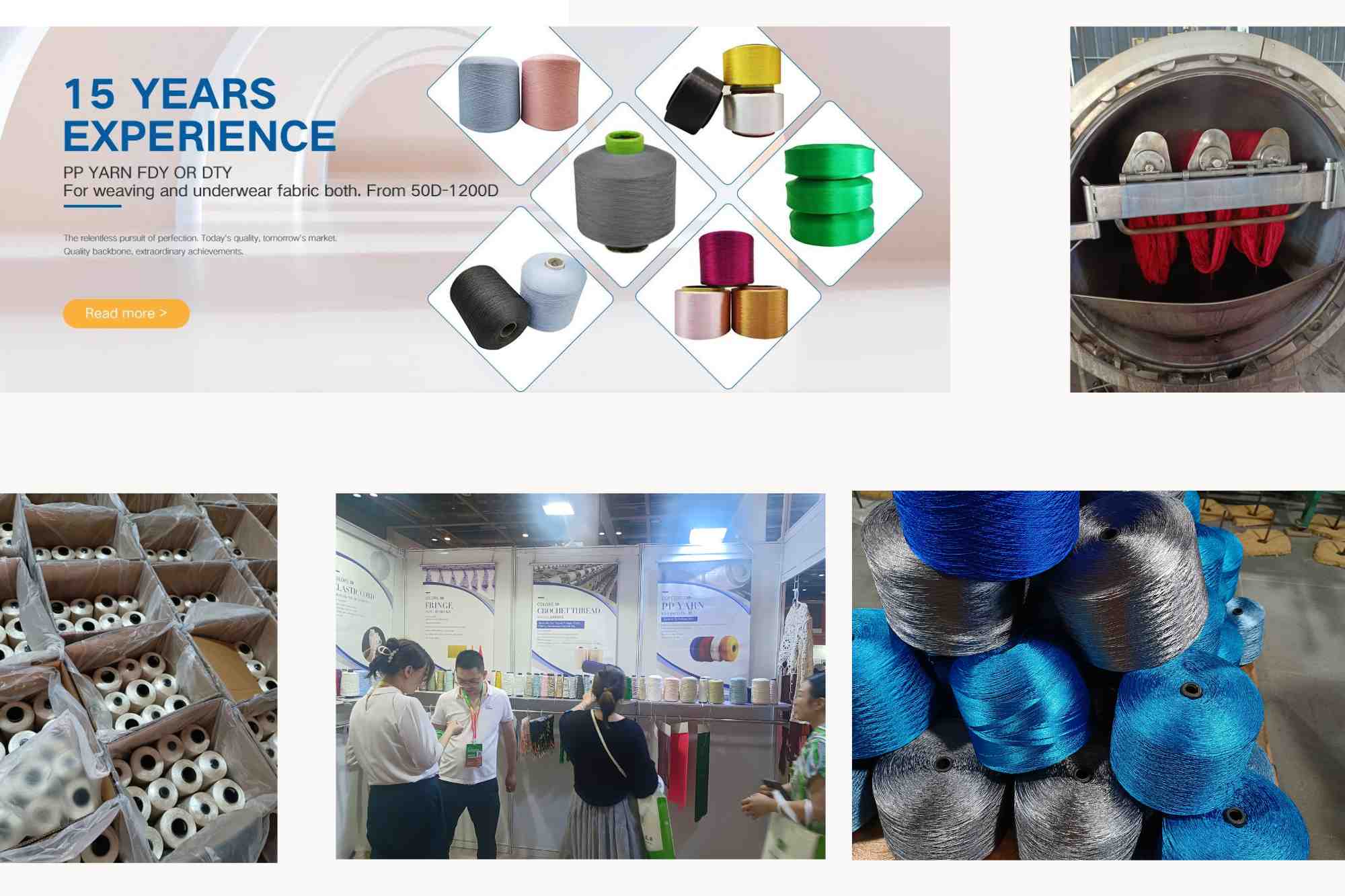- This topic is empty.
-
AuthorPosts
-
21/06/2024 at 15:06 #151948
In the textile manufacturing industry, the production process of drawn yarn is a critical step in the manufacture of high-quality textiles. This yarn is produced through a process called drawing, which not only enhances the strength and uniformity of the yarn, but also improves its suitability for use in the textile industry.
Importance of the Drawing Process

The drawing process is a vital part of the yarn manufacturing process. During this process, the fibers are stretched, aligned, and blended to create a unified and stronger yarn. This process is achieved through a series of rotating rollers or drawing zones, where the fibers are stretched and elongated as they pass through these rollers, aligning the individual fibers in parallel. This alignment ensures that the yarn has improved strength, reduced irregularities, and enhanced uniformity.
Variety of Drawn Yarn
Drawn yarn can be made from different types of fibers, such as cotton, polyester, nylon, and wool. The specific fibers used determine the characteristics and applications of the yarn. For example, drawn cotton yarn is often used in the production of woven fabrics, while drawn polyester yarn is widely used in the manufacture of synthetic clothing and textiles.
Advantages of Drawn Yarn
The advantages of using drawn yarn are numerous. First, it enhances the strength of the yarn, making it more durable and more resistant to breakage. This is particularly important in applications where the yarn is subjected to pressure or tension, such as in decorative fabrics or high-performance textiles. Secondly, the uniformity and regularity of drawn yarn are improved, resulting in a smoother and more consistent fabric surface. This is particularly desirable in applications that require a uniform texture or surface, such as in clothing or home decor.
Role of Drawn Yarn in the Textile Industry
Overall, drawn yarn plays a vital role in the textile industry, providing fabrics with improved strength, uniformity, and durability. Top users and manufacturers use drawn yarn in a variety of fields, highlighting its importance and versatility to produce high-quality textiles. As the demand for functional and aesthetic textiles continues to grow, the use of drawn yarn is likely to maintain its prominence, driving further developments in manufacturing processes and expanding its applications in different areas of the industry.
As technology advances and consumer demands continue to evolve, the production and application of drawn yarn will continue to play an important role in the textile industry. From improving the quality of textiles to meeting the needs of specific applications, drawn yarn will undoubtedly play a key role in driving innovation in the industry and meeting market demands.
https://www.futureyarn.com/The-production-process-of-Fully-Drawn-Yarn.html
Vivi
info@futureyarn.com -
AuthorPosts
- You must be logged in to reply to this topic.